
CURATOR’s EYE
Autumn in Japan with Art
Follow TRiCERA on Instagram and check out our creative artists
5%OFF & free shipping 1st purchase
FIRSTART5
10%OFF 2nd purchase after 1st purchase!
Welcome to TRiCERA
Hi there! We are pleased to have you here 🎉
Could you please describe yourself?
Guest
The solution is that both will evolve, and so on. This article is the final chapter (at the moment) of a series on paper art, beginning with Part 1 Let's review &. Part 2 and then look at its evolution. This article is the last in the series (at the moment).

Part 1 - The fascination of paper, which we knew and played with when we were children, is forgotten in the process of "growing up" and turns into a boring object. However, we can rediscover its charm through paper artists who show us that "paper is not only a medium that contains art, but can also be a material itself that casts a spell of creativity.
Part 2- Reminiscences of man's relationship with paper, which spans more than 4,000 years, will not disappear overnight, even in the paperless age. Paper, which is less than a millimeter thick, has taken on an incredible amount of artistry as it has developed. Paper is derived from plants and has a biological energy. It is this organic energy that "acts as a catalyst between artists and art, and between art and us.
Let's take a look at a different aspect of paper art. Its evolution may surprise us like a Pokémon that grows beyond our imagination. But for those of us who love art, we can't help but be excited and say, "Let's go for the 00 master! We are pushed back by the excitement.
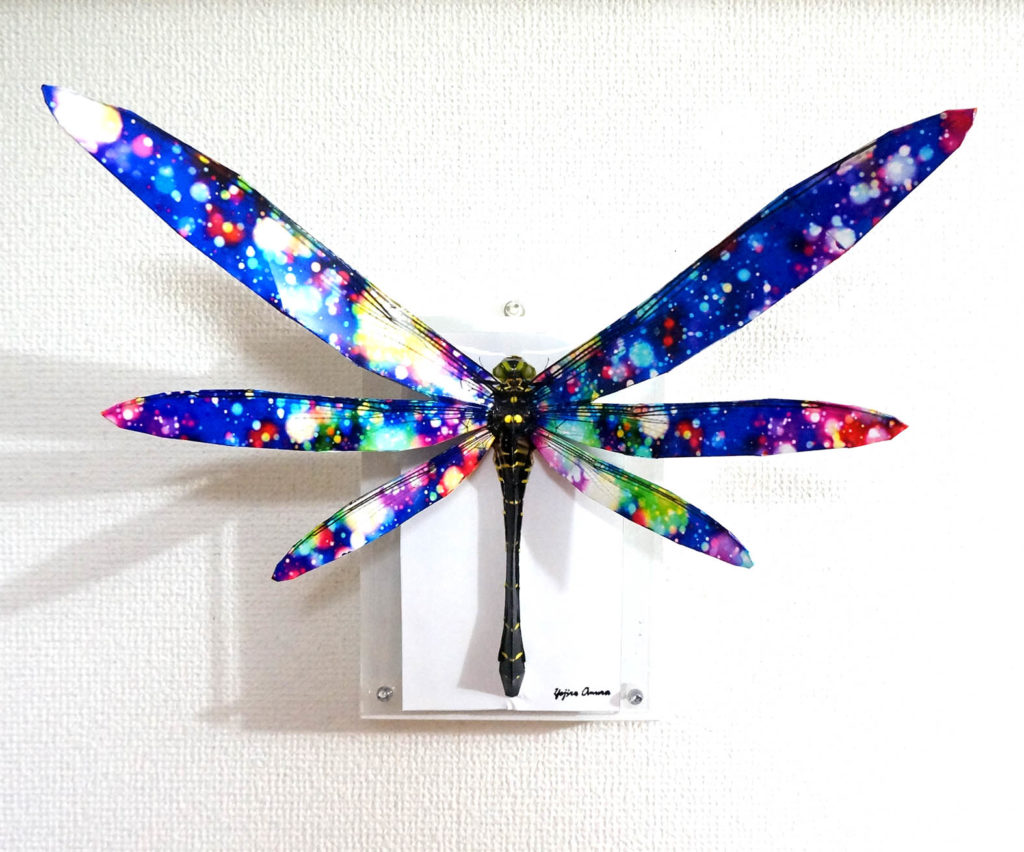
evolution type 1 "gnorobon" never forgets its origin
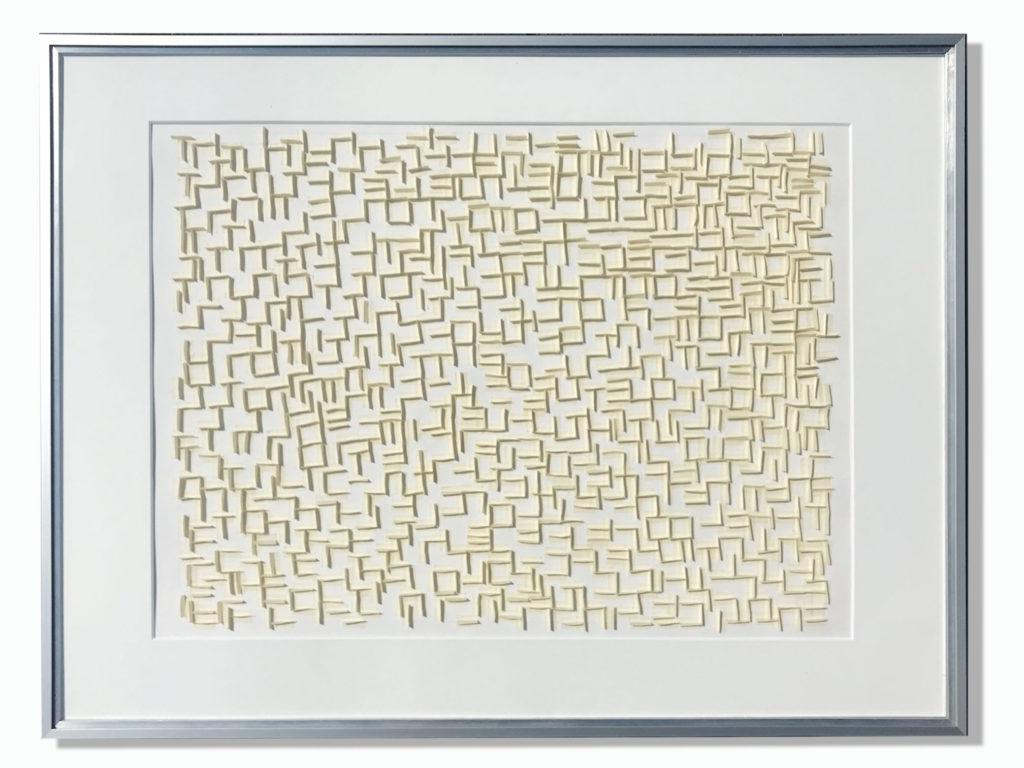
When I caught the tadpole-like Pokémon Nyoromo, I was convinced it would evolve into a green frog-like form. But its final form, the gnolobon, was still blue with spirals on its belly, in essence a tadpole. Similarly, some paper art is strongly faithful to its origins and gives voice to the primitive presence of paper. StuidoMie, a Dutch graphic designer and garden architect, has created a series called PaperWork. As the name suggests, despite the simplicity of the work, which is practically made only of pieces of paper and paper, the stunning evolution of artistry has the power to knock the viewer off their feet.
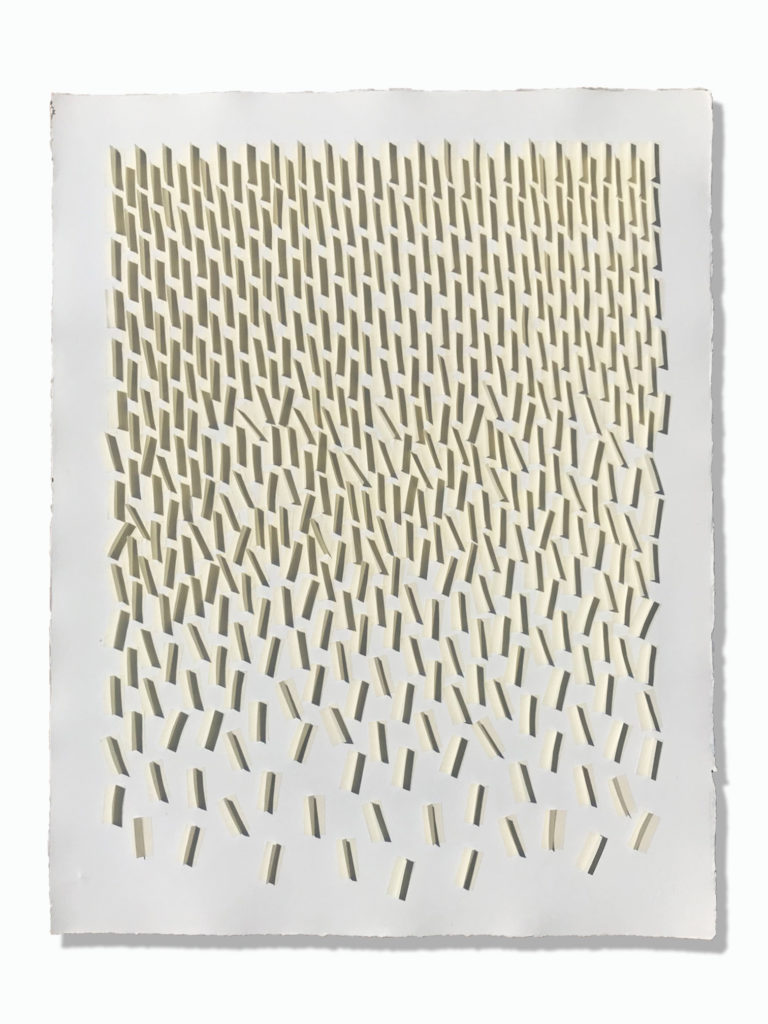
Her work, which seems to have evolved from the DNA of abstraction and minimalism, leaves the viewer with the question, "Isn't the impact to be found in the thorough elimination of elements? Her works seem to take a jab at the preconceived structures and aesthetics of art. Frank Stella, the master of minimalist art, said, "See what you see, understand what you understand," and I can't help but interpret her work in terms of the garden designer and the natural environment. I can't help but interpret her work in terms of the garden designer and the natural environment, and for some reason, when I look at her work, I hear the music of the American avant-garde composer John Cage in my ears.
If you've ever stepped into a maze garden, you've probably noticed that your eyes are confused by shapes and shadows while you're trying to recognize patterns. In StudioMie's work, one can experience the unpredictability of wandering out of a man-made maze into a natural forest with the uncertain shadows created by structurally arranged pieces of paper. During the coronavirus lockdown, she asks, "What happens when a pattern or system unexpectedly becomes unstable? Does the system recover, transform, or fade? and succeeded in sublimating this into the simple but powerful work of PW024 / faltering pattern.
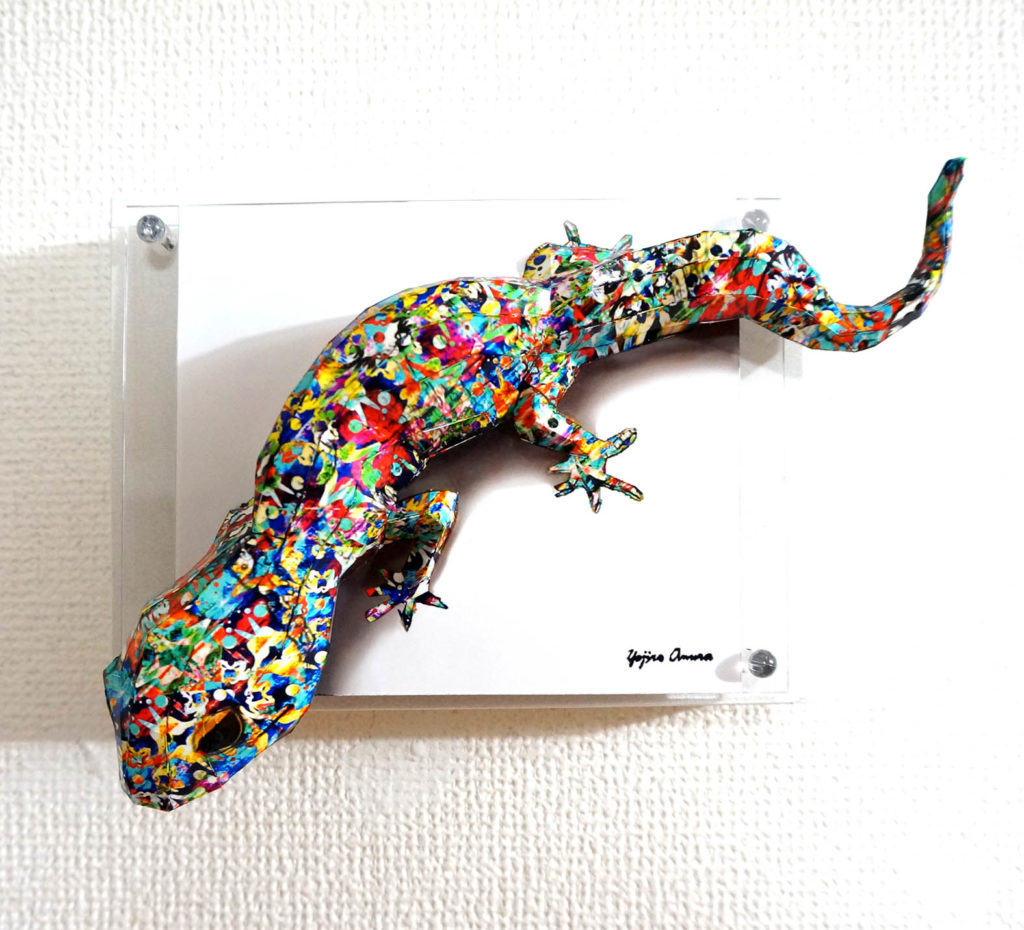
Like the dramatic jump from the helplessly bouncing Koi King to the flying water dragon Gyarados, the second type of work by Yojiro Omura makes you wonder how it evolved from the same DNA (in this case, paper). His works are full of life, but unbelievably, without his sculptural talent, they would be mere pieces of paper. A psychedelically colored lizard is ready to catch its prey, and a six-bladed dragonfly soars into a star-studded galaxy. With his award-winning imagination and skill, they have grown into amazing paper art variants.
Of course, there are evolutions from the classic caterpillar to the Butterfly, but I don't want to deprive you of the fun of finding and collecting your favorites in this vast and diverse art world. I hope you will try to complete your own picture book and become a "00" master.
For more fun discoveries, don't forget to subscribe to the ArtClip newsletter!
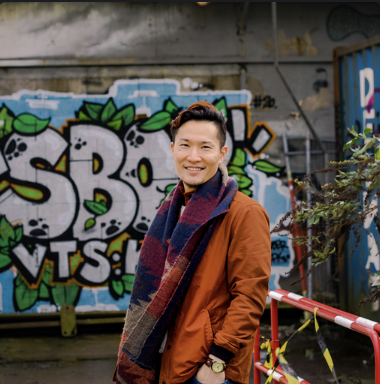
Writer
Isaac Ishimatsu
The solution is that both will evolve, and so on. This article is the final chapter (at the moment) of a series on paper art, beginning with Part 1 Let's review &. Part 2 and then look at its evolution. This article is the last in the series (at the moment).

Part 1 - The fascination of paper, which we knew and played with when we were children, is forgotten in the process of "growing up" and turns into a boring object. However, we can rediscover its charm through paper artists who show us that "paper is not only a medium that contains art, but can also be a material itself that casts a spell of creativity.
Part 2- Reminiscences of man's relationship with paper, which spans more than 4,000 years, will not disappear overnight, even in the paperless age. Paper, which is less than a millimeter thick, has taken on an incredible amount of artistry as it has developed. Paper is derived from plants and has a biological energy. It is this organic energy that "acts as a catalyst between artists and art, and between art and us.
Let's take a look at a different aspect of paper art. Its evolution may surprise us like a Pokémon that grows beyond our imagination. But for those of us who love art, we can't help but be excited and say, "Let's go for the 00 master! We are pushed back by the excitement.

evolution type 1 "gnorobon" never forgets its origin

When I caught the tadpole-like Pokémon Nyoromo, I was convinced it would evolve into a green frog-like form. But its final form, the gnolobon, was still blue with spirals on its belly, in essence a tadpole. Similarly, some paper art is strongly faithful to its origins and gives voice to the primitive presence of paper. StuidoMie, a Dutch graphic designer and garden architect, has created a series called PaperWork. As the name suggests, despite the simplicity of the work, which is practically made only of pieces of paper and paper, the stunning evolution of artistry has the power to knock the viewer off their feet.

Her work, which seems to have evolved from the DNA of abstraction and minimalism, leaves the viewer with the question, "Isn't the impact to be found in the thorough elimination of elements? Her works seem to take a jab at the preconceived structures and aesthetics of art. Frank Stella, the master of minimalist art, said, "See what you see, understand what you understand," and I can't help but interpret her work in terms of the garden designer and the natural environment. I can't help but interpret her work in terms of the garden designer and the natural environment, and for some reason, when I look at her work, I hear the music of the American avant-garde composer John Cage in my ears.
If you've ever stepped into a maze garden, you've probably noticed that your eyes are confused by shapes and shadows while you're trying to recognize patterns. In StudioMie's work, one can experience the unpredictability of wandering out of a man-made maze into a natural forest with the uncertain shadows created by structurally arranged pieces of paper. During the coronavirus lockdown, she asks, "What happens when a pattern or system unexpectedly becomes unstable? Does the system recover, transform, or fade? and succeeded in sublimating this into the simple but powerful work of PW024 / faltering pattern.

Like the dramatic jump from the helplessly bouncing Koi King to the flying water dragon Gyarados, the second type of work by Yojiro Omura makes you wonder how it evolved from the same DNA (in this case, paper). His works are full of life, but unbelievably, without his sculptural talent, they would be mere pieces of paper. A psychedelically colored lizard is ready to catch its prey, and a six-bladed dragonfly soars into a star-studded galaxy. With his award-winning imagination and skill, they have grown into amazing paper art variants.
Of course, there are evolutions from the classic caterpillar to the Butterfly, but I don't want to deprive you of the fun of finding and collecting your favorites in this vast and diverse art world. I hope you will try to complete your own picture book and become a "00" master.
For more fun discoveries, don't forget to subscribe to the ArtClip newsletter!

Writer
Isaac Ishimatsu